Discover Science Friday
Science Friday

Science Friday
Author: Science Friday and WNYC Studios
Subscribed: 154,716Played: 4,210,373Subscribe
Share
© Science Friday
Description
Covering the outer reaches of space to the tiniest microbes in our bodies, Science Friday is the source for entertaining and educational stories about science, technology, and other cool stuff.
1202 Episodes
Reverse
Koalas with the bodies of lions. Elephants the size of your dog. Gigantic, 8-foot-tall sloths. These aren’t creatures found in science fiction: They walked our planet a million years ago, during the Ice Age.That’s the focus of the third season of the Apple TV series “Prehistoric Planet,” which uses the latest paleontology research and photorealistic CGI to reimagine the lives of ancient creatures. So far, the series has focused on dinosaurs, but now it’s taking that same approach to the huge and strange-looking animals that roamed the tundras and deserts of the Ice Age.Joining Host Ira Flatow to thaw out the new research featured in the show are two of its scientific consultants, paleontologist Darren Naish and La Brea Tar Pits curator Emily Lindsey.Guests: Dr. Darren Naish is a paleozoologist and author based in Southampton, U.K.Dr. Emily Lindsey is a paleoecologist, curator, and excavation site director at the La Brea Tar Pits and Museum in Los Angeles, California. Transcript available at sciencefriday.com.
Subscribe to this podcast. Plus, to stay updated on all things science, sign up for Science Friday's newsletters.
Since 1955, when Congress passed the Polio Vaccination Assistance Act, the federal government has been in the business of expanding access to vaccines. That is, until this year.2025 has been filled with almost daily news stories about federal agencies, under the direction of Health Secretary Robert F. Kennedy Jr., casting doubts about vaccine safety, including unsubstantiated claims about links to autism. These agencies have also been taking steps that could roll back access to vaccines, including for hepatitis B and COVID-19.But we’ve found it very hard to sort out what these talking points and recommendations mean in practice. KFF Health News journalists Jackie Fortiér and Arthur Allen join Host Flora Lichtman to discuss, one year in, what this administration’s stance on vaccines has meant practically—for vaccine access, and vaccine uptake.Guests: Arthur Allen is senior correspondent at KFF Health News and author of Vaccine: The Controversial Story of Medicine's Greatest Lifesaver.Jackie Fortiér is a Peggy Girshman fellow covering health policy at KFF Health News.Transcripts for each episode are available within 1-3 days at sciencefriday.com.
Subscribe to this podcast. Plus, to stay updated on all things science, sign up for Science Friday's newsletters.
This year, comet 3I/Atlas broke into our solar system, but also the zeitgeist. This dirty snowball is a visitor from another solar system, and it’s only the third interstellar object we’ve ever spotted. And today, it's closer to us than ever before—just 170 million miles away.Astronomy experts Stefanie Milam and Hakeem Oluseyi join Host Flora Lichtman to dish about 3I/ATLAS and how it captured the spotlight in a way that maybe no other big hunk of rock ever has.Plus, the sun is setting on the ISS, and the plan is to eventually crash it into the ocean. But wouldn’t it be cooler to send it into deep space instead? A listener pleads his case.Guests: Dr. Stefanie Milam is an astrochemist at NASA and a project scientist for the James Webb Space Telescope. She studies comets and interstellar objects.Dr. Hakeem Oluseyi is an astrophysicist and CEO of the Astronomical Society of the Pacific.Transcripts for each episode are available within 1-3 days at sciencefriday.com.
Subscribe to this podcast. Plus, to stay updated on all things science, sign up for Science Friday's newsletters.
While on a sampling trip in California’s Lassen Volcanic National Park, researchers stopped to sample a rather boring stream on their hike to Boiling Springs Lake. But when they incubated that water sample back in the lab, they discovered an amoeba that could still move and divide at 145 F, a new record for a eukaryotic cell. Microbiologist Angela Oliverio joins Host Flora Lichtman to describe the “fire amoeba,” Incendiamoeba cascadensis.Plus, planetary scientist Johanna Teske takes us to exoplanet TOI-561b, a far-off “wet lava ball” which was recently observed by the James Webb Space Telescope. Researchers believe that the planet has the strongest evidence yet of an atmosphere on a rocky planet outside our solar system.Guests:Dr. Angela Oliverio is an assistant professor in the department of biology at Syracuse University. Dr. Johanna Teske is a staff scientist at Carnegie Science Earth and Planets Laboratory in Washington, D.C.Transcripts for each episode are available within 1-3 days at sciencefriday.com.
Subscribe to this podcast. Plus, to stay updated on all things science, sign up for Science Friday's newsletters.
Videos of humanoid robots dancing, doing cartwheels, putting clothes in a washing machine, and serving drinks are all over social media. And tech CEOs are telling us to prepare for the forthcoming humanoid army that’s going to totally change our lives for the better.But what’s real? Where are we with this technology? Are these humanoids robots ready to take washing the dishes off our plates, or work beside us in warehouses?Tech journalist James Vincent became an expert on the subject when he toured humanoid robot factories and rubbed shoulders with robots themselves for a feature story he wrote for Harper’s Magazine. He joins Host Flora Lichtman with perspective on the hype.Guest: James Vincent is a journalist who’s written for The Verge and The Guardian, and author of the book Beyond Measure: The Hidden History of Measurement. Transcripts for each episode are available within 1-3 days at sciencefriday.com.
Subscribe to this podcast. Plus, to stay updated on all things science, sign up for Science Friday's newsletters.
It’s that time of year: the Christmas Bird Count, when birders go out in flocks to record all the birds they see in a single day. The data collected during this annual tradition gets compiled by the National Audubon Society, and helps scientists understand bird population trends across the Americas. If you participate in the bird count, chances are you’ll see a lot of the same birds you’d see any other day of the year—think sparrows, blue jays, blackbirds, cardinals. But that doesn’t make them any less special. So this year we’re turning our binoculars on a few (wrongfully) overlooked common birds. Producer Kathleen Davis talks with two of our favorite birders, author and illustrator Rosemary Mosco, and conservation scientist Corina Newsome, to share some surprising facts about birds that don’t often make it to the top of pecking order.Guests:Rosemary Mosco is an author, illustrator, and speaker whose work connects people with the natural world.Corina Newsome is a birder and conservation scientist at the National Wildlife Federation, based in Atlanta, Georgia.Transcripts for each episode are available within 1-3 days at sciencefriday.com.
Subscribe to this podcast. Plus, to stay updated on all things science, sign up for Science Friday's newsletters.
It’s winter, and the SciFri team is already dreaming of warmer weather. How about a mind vacation to one of the hottest places on earth, an erupting volcano? Tamsin Mather has trekked to volcanoes in Chile, Guatemala, Italy, and beyond to learn their secrets. She joins Host Flora Lichtman to field your burning volcano questions, like what’s the deal with glass shards that look like hairballs? Guest: Dr. Tamsin Mather is a professor of Earth sciences at the University of Oxford in the UK.Transcripts for each episode are available within 1-3 days at sciencefriday.com.
Subscribe to this podcast. Plus, to stay updated on all things science, sign up for Science Friday's newsletters.
The sound of a choir performing in a cathedral is iconic for a reason. It’s this beautiful human experience: being side-by-side with other people, feeling the sound vibrate through you, reverberating around the space.But how long has that been a part of our culture? And what role did sound play in the lives of people who lived during the Ice Age or the Stone Age? That’s the focus of a growing field of archaeology called archaeoacoustics, where researchers use the scientific tools of today to investigate the role of sound and music in the past.To learn more, Host Flora Lichtman is joined by Margarita Díaz-Andreu, principal investigator of the Art Soundscapes project, and Rupert Till, head of the department of humanities at the University of Huddersfield in the UK.Guests: Dr. Margarita Díaz-Andreu is an ICREA professor at the University of Barcelona in Spain and principal investigator of the Art Soundscapes project. Dr. Rupert Till is a professor of music and head of the department humanities at the University of Huddersfield in the UK.Transcripts for each episode are available within 1-3 days at sciencefriday.com.
Subscribe to this podcast. Plus, to stay updated on all things science, sign up for Science Friday's newsletters.
As the planet warms, the world’s glaciers are melting faster than snow can replenish the ice. That has implications for sea level rise, ocean currents, and global weather patterns. But collecting data at the edge of a melting glacier can be risky.Glaciologist Erin Pettit and her colleagues are listening to the sounds melting glaciers make—from the sizzling of trapped air bubbles bursting, to the deep rumbles of underwater calving of icebergs. She joins Host Flora Lichtman to share some glacial sounds, and describe the multi-stage robot tools she uses to monitor melting ice.Guest: Dr. Erin Pettit is a professor of geophysics and glaciology at Oregon State University.Transcripts for each episode are available within 1-3 days at sciencefriday.com.
Subscribe to this podcast. Plus, to stay updated on all things science, sign up for Science Friday's newsletters.
In cancer research, the “seed and soil” hypothesis posits that the tumor is like a seed of misbehaving cells taking root in the body. Whether it grows—and where it grows—depends on the conditions, or soil. Since this hypothesis was proposed more than 100 years ago, most research and treatments have focused on the seed, or tumor. For nearly 50 years, Rakesh Jain has been studying the soil. But in a seed-focused field, his work was seen as wasteful and radical. Now, that very same research has led to seven FDA-approved treatments for diseases including lung and liver cancer, and earned him a National Medal of Science in 2016. Host Flora Lichtman talks with Jain about how his fringe idea led to lifesaving cancer treatments. Guest: Dr. Rakesh K. Jain studies the biology of tumors at Harvard Medical School and Massachusetts General Hospital as a professor of radiation oncology.Transcripts for each episode are available within 1-3 days at sciencefriday.com.
Subscribe to this podcast. Plus, to stay updated on all things science, sign up for Science Friday's newsletters.
For many people, bubonic plague is an illness that seems squarely situated in medieval times. But each year, a handful of human cases pop up in the western United States. Plague can be treated successfully with modern medicine. But why does it still exist, and how should we think about it both locally and globally? Plague researcher Viveka Vadyvaloo joins Host Flora Lichtman to talk all things spread and containment.Guest: Dr. Viveka Vadyvaloo is a plague researcher and director of the Allen School for Global Health at Washington State University.Transcripts for each episode are available within 1-3 days at sciencefriday.com.
Subscribe to this podcast. Plus, to stay updated on all things science, sign up for Science Friday's newsletters.
Today we’re spotlighting an underappreciated group of marine creatures: sea slugs. Don’t let their humble name fool you. They come in vivid neon colors, with patterns that rival the most beautiful butterflies and feather-like external gills and tentacles.There are an estimated 10,000 species of sea slugs and they are incredibly diverse. Some are smaller than a quarter. And one species can weigh more than a terrier, up to 30 pounds. Not to mention their contributions to brain research—understanding their neural networks was the basis for a Nobel Prize in 2000. Marine biologist Patrick Krug joins Host Ira Flatow to dive into the slimy science of sea slugs. Guest: Dr. Patrick Krug is a sea slug researcher and professor of biological sciences at Cal State LA.Transcripts for each episode are available within 1-3 days at sciencefriday.com.
Subscribe to this podcast. Plus, to stay updated on all things science, sign up for Science Friday's newsletters.
There’s an enormous buildout of data centers underway across the country to fuel the AI boom. Hundreds of billions of dollars have already been spent on data centers, with talk of spending trillions more. And these data centers use a lot of power: According to the Times Picuayune, Meta’s new data center under construction in Louisiana will require nearly three times the power that New Orleans uses in a year. Residents across the country have taken note, and rising utility rates have become an issue in some recent elections.Casey Crownhart, senior climate reporter at MIT Technology Review, has been studying the costs and impacts of the data center boom. She joins Host Ira Flatow for an update on the latest.Guest: Casey Crownhart is a senior climate reporter at MIT Technology Review, based in New York, NY.Transcripts for each episode are available within 1-3 days at sciencefriday.com.
Subscribe to this podcast. Plus, to stay updated on all things science, sign up for Science Friday's newsletters.
You might think about bats as flitting around in the dark and hunting insects, but some species feed on fruits or flowers—and play an important role as pollinators. One place that role is crucial is in the relationship between bats and agave plants. Bat conservationist Kristen Lear joins Host Ira Flatow to describe efforts to restore agaves in the Southwest and Mexico, which has consequences for bats, for the ecosystems around the agave, and for your liquor cabinet, since agave is the source of drinks like tequila and mezcal.Plus, journalist Dan Fagin joins Ira to discuss his recent New York Times article on a new technology that is letting researchers follow individual monarch butterflies over the course of a thousand-mile migration. Guests:Dr. Kristen Lear is director of the Agave Restoration Initiative at Bat Conservation International, based in Austin, Texas.Dan Fagin is a science journalist and the director of the Science, Health & Environmental Reporting Program at New York University.Transcripts for each episode are available within 1-3 days at sciencefriday.com.
Subscribe to this podcast. Plus, to stay updated on all things science, sign up for Science Friday's newsletters.
The spotted owl has been a conservation flashpoint for more than 30 years. While habitat loss has been their historic foe, their most recent threat comes from within the owl family tree: the barred owl. Barred owls have expanded into the Pacific Northwest and are now outcompeting spotted owls for food and habitat. The U.S. Fish and Wildlife Service has put forth a strategy that some experts say is the only way to save the spotted owl, and it could involve killing hundreds of thousands of barred owls.Ecologist and spotted owl expert Rocky Gutierrez joins Host Flora Lichtman to break down the plan, and explain how we got to this point.Guest: Dr. R.J. “Rocky” Gutierrez is an owl ecologist and professor emeritus at the University of Minnesota. He’s now based in Humboldt County, California.Transcripts for each episode are available within 1-3 days at sciencefriday.com.
Subscribe to this podcast. Plus, to stay updated on all things science, sign up for Science Friday's newsletters.
A team of scientists is trying to jumpstart a global conservation movement, on par with efforts to save the rainforests or protect the oceans. But it might be even more ambitious because the target of their quest is invisible, everywhere, and mostly something we try to hand-sanitize away: microbes.So how do you conserve something that is everywhere and in everything? And why do microbes need protecting to begin with? Host Flora Lichtman digs into it with microbial ecologist Jack Gilbert, who is leading this charge. They chat about the thinking behind microbe conservation plans, and why some scientists are hesitant to jump onboard.Guest: Dr. Jack Gilbert is a microbial ecologist at the Scripps Institution of Oceanography and co-chair of the International Union for Conservation of Nature’s Species Survival Commission’s Microbial Conservation Specialist Group. Transcripts for each episode are available within 1-3 days at sciencefriday.com.
Subscribe to this podcast. Plus, to stay updated on all things science, sign up for Science Friday's newsletters.
When we try to commune with nature, many of us turn toward the living: a walk in the woods among swaying trees, chirping birds, blooming flowers.But earth scientist Anjana Khatwa says not to overlook the inanimate—don’t sleep on rocks. She joins Host Flora Lichtman to talk about her love for rocks beyond the scientific and her new book, The Whispers of Rock.Read an excerpt from The Whispers of Rock: The Stories That Stone Tells about Our World and Our Lives.Guest: Dr. Anjana Khatwa is a geologist and author of The Whispers of Rock: The Stories That Stone Tells about Our World and Our Lives.Transcripts for each episode are available within 1-3 days at sciencefriday.com.
Subscribe to this podcast. Plus, to stay updated on all things science, sign up for Science Friday's newsletters.
Each year, the Ig Nobel Prizes recognize scientific research that first makes you laugh, then makes you think. For instance, researchers who investigated the pizza preferences of lizards on the island of Togo. Or a man who kept track of his fingernail growth for 35 years.As is Thanksgiving tradition, we’re sharing highlights from this year’s Ig Nobels on Science Friday. Annals of Improbable Research editor Marc Abrahams acts as master of ceremonies for the 35th First Annual Ig Nobel Prizes, which include 10 awards, several 24-second scientific lectures, and a mini-opera about indigestion.Guest: Marc Abrahams is the editor and co-founder of Annals of Improbable Research and the founder and master of ceremonies for the Ig Nobel Prize Ceremony in Cambridge, Massachusetts.Transcripts for each episode are available within 1-3 days at sciencefriday.com.
Subscribe to this podcast. Plus, to stay updated on all things science, sign up for Science Friday's newsletters.
A good workout can make you feel triumphant. And even if that isn’t your relationship with exercise, you’ve probably heard that working out can lift your mood, fight depression, and make you more resilient when life knocks back. But why exactly does exercise improve mental health? Is it all about those endorphins? Does the type or duration of a workout matter if you’re looking for a mental wellness boost?To help answer those questions and more, Host Flora Lichtman talks with Eduardo Esteban Bustamante and Jack Raglin, who both study the relationship between physical activity and mental health.Guests: Dr. Eduardo Esteban Bustamante studies the link between physical activity and mental health in kids as the director of the Healthy Kids Lab at the University of Illinois, Chicago.Dr. Jack Raglin studies exercise and sports science as a professor of kinesiology at Indiana University.Transcripts for each episode are available within 1-3 days at sciencefriday.com.
Subscribe to this podcast. Plus, to stay updated on all things science, sign up for Science Friday's newsletters.
It’s a wonderful time of the year: squash, pumpkin, and gourd season. But how do those giant, award-winning pumpkins grow so big? And what’s the difference between a gourd and a squash? In a conversation from 2023, Ira talks with Dr. Chris Hernandez, director of the University of New Hampshire’s squash, pumpkin, and melon breeding program to explore all things winter squash and answer listener questions.Guests: Dr. Chris Hernandez is an assistant professor of Plant Breeding at the University of New Hampshire in Durham, New Hampshire.Dan Souza is co-Editor of Cook’s Science: How to Unlock Flavor in 50 of our Favorite Ingredients (Cook’s Illustrated, 2016). He’s based in Boston, Massachusetts.Transcript is available at sciencefriday.com.
Subscribe to this podcast. Plus, to stay updated on all things science, sign up for Science Friday's newsletters.




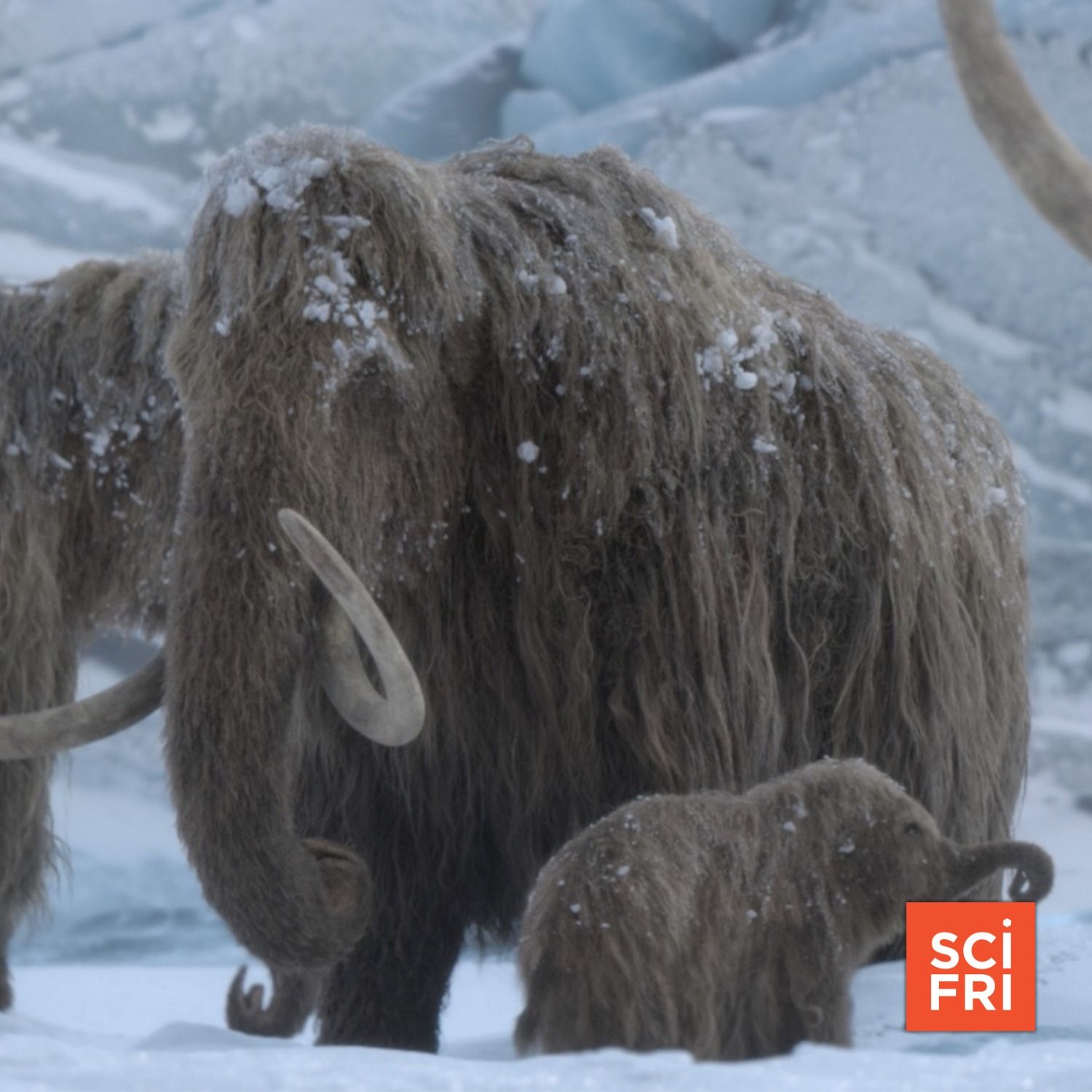


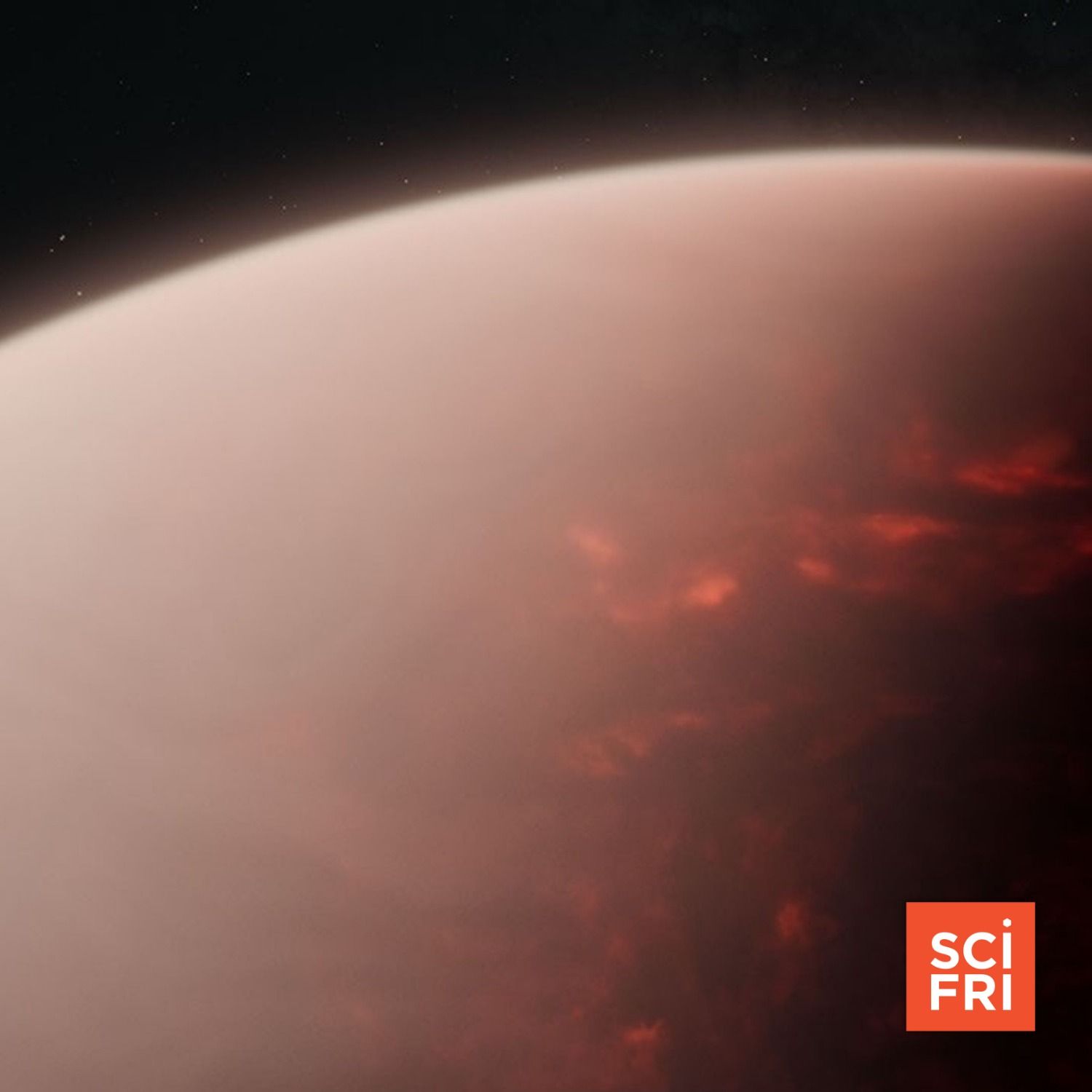
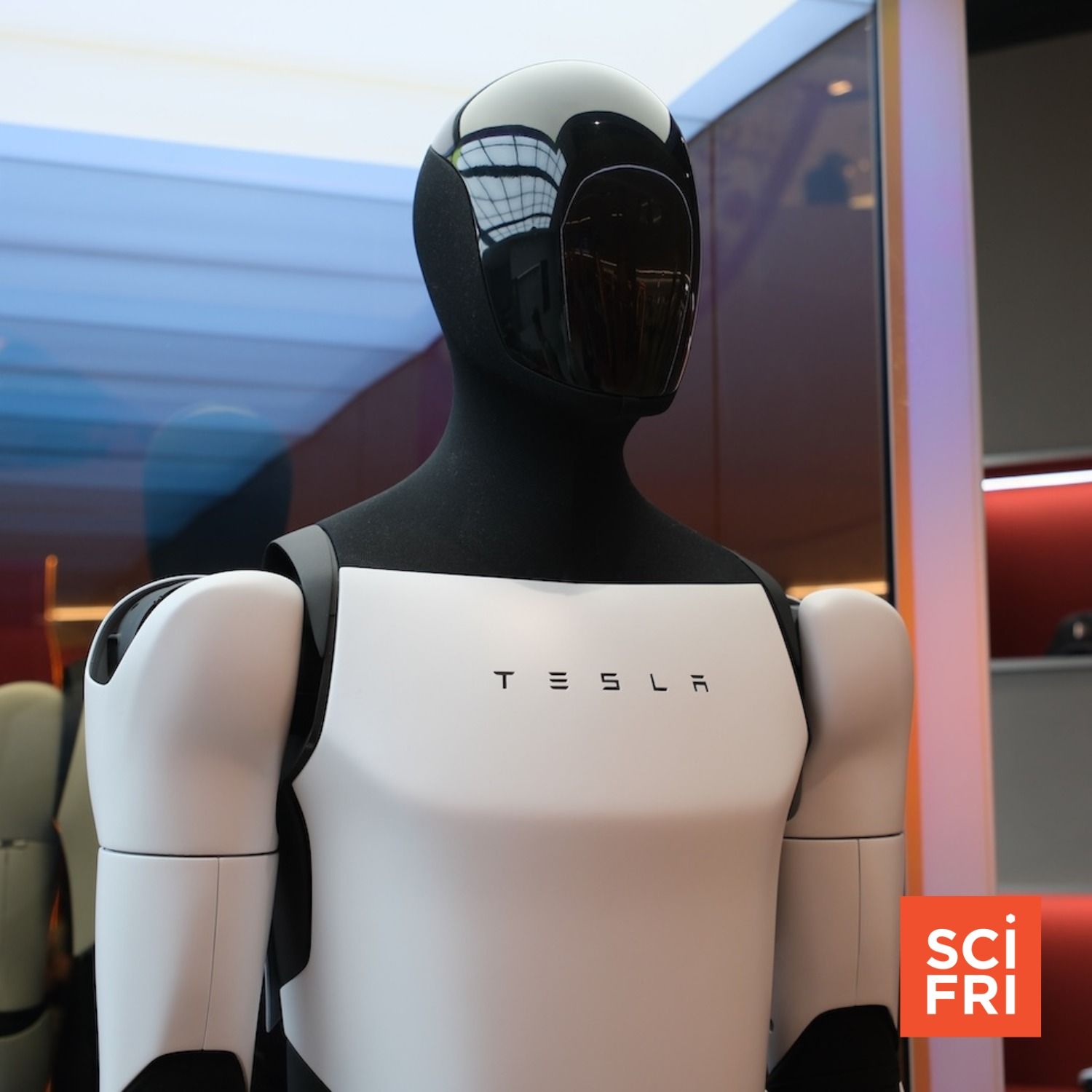

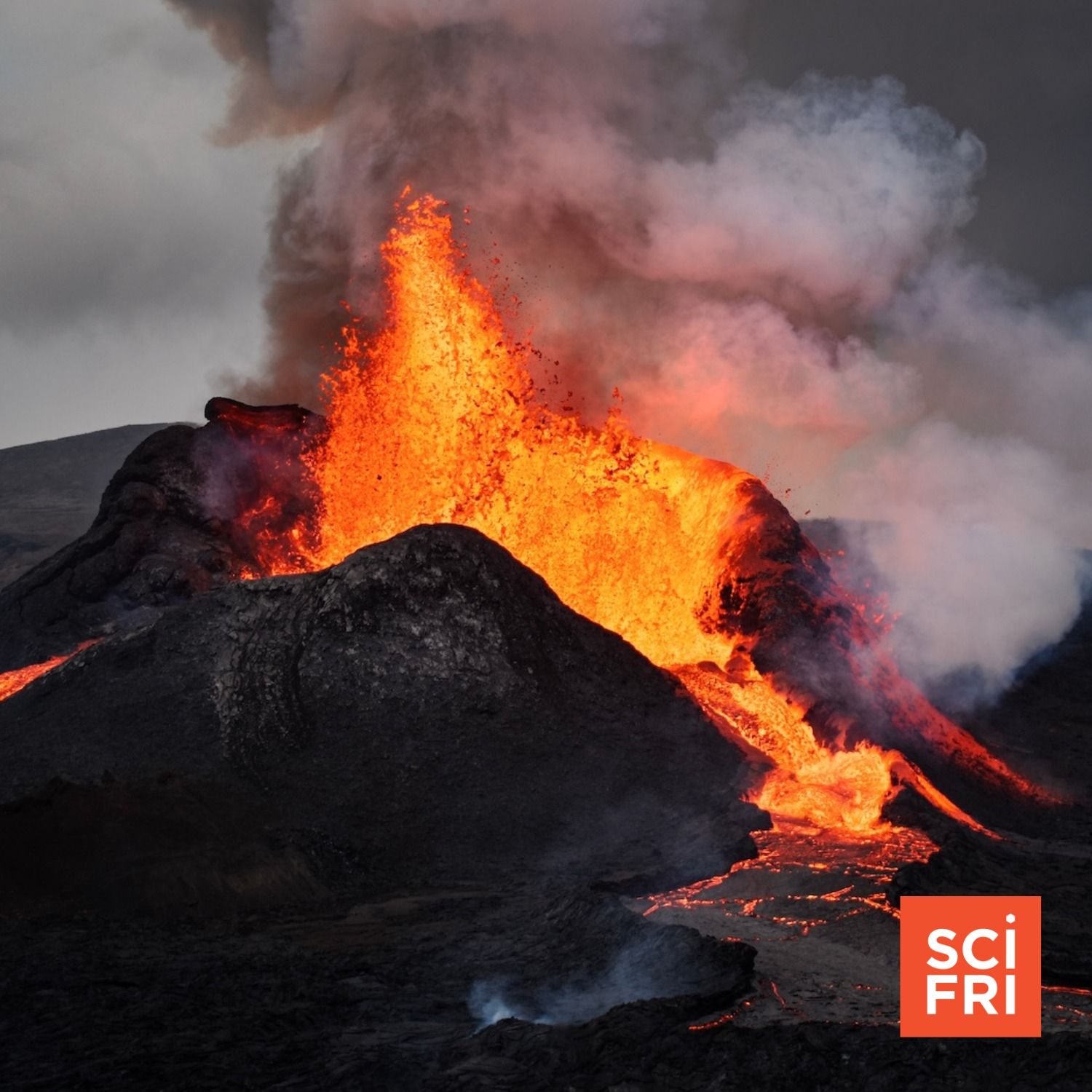





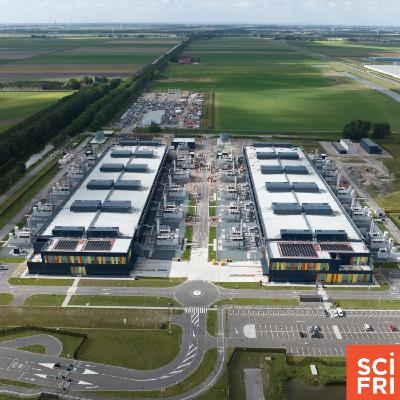
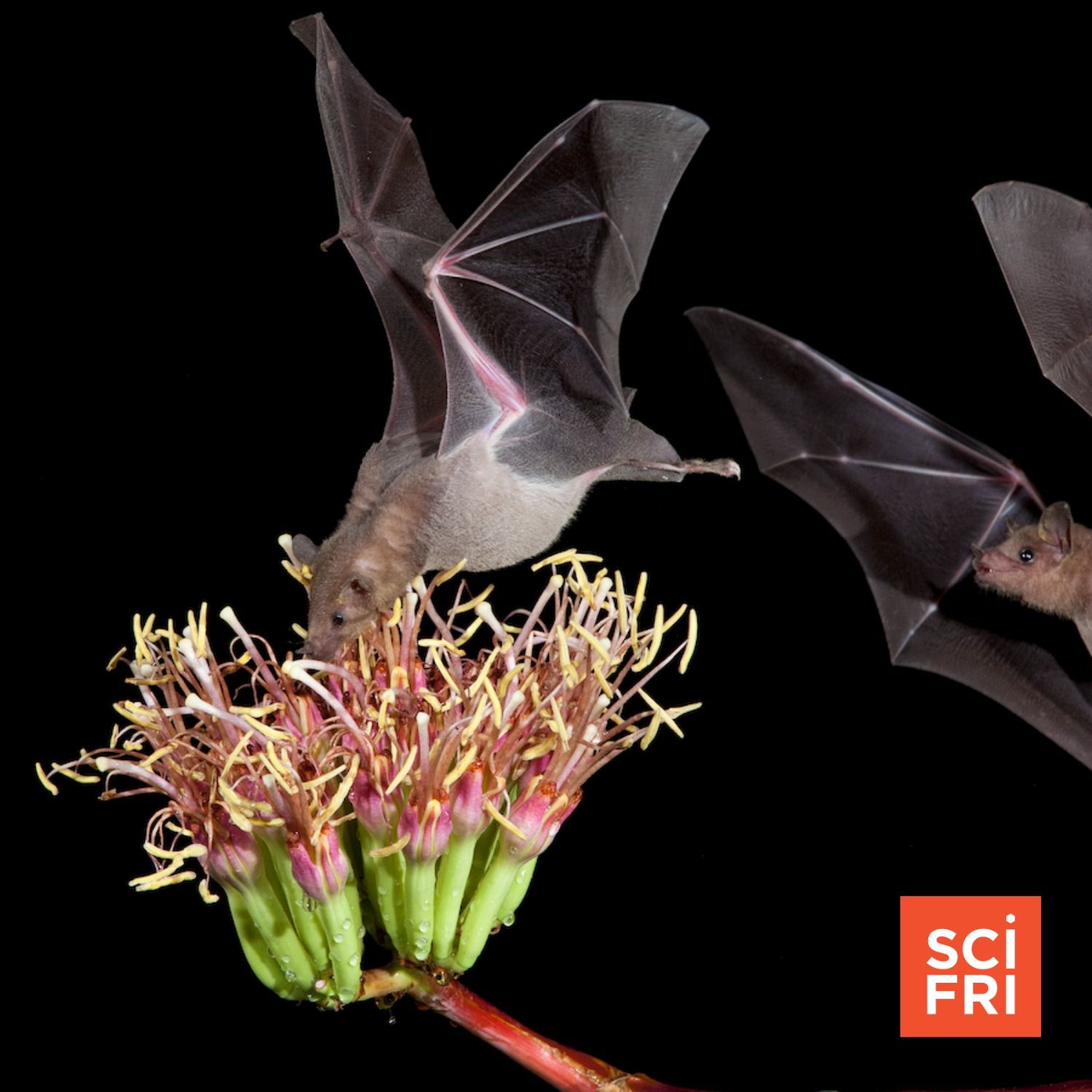
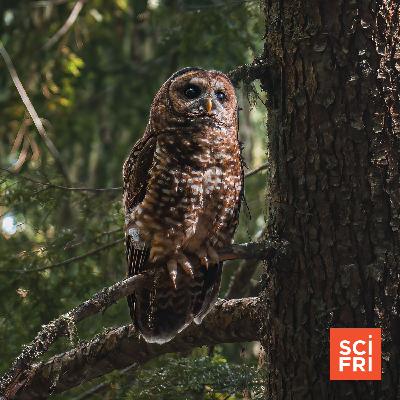
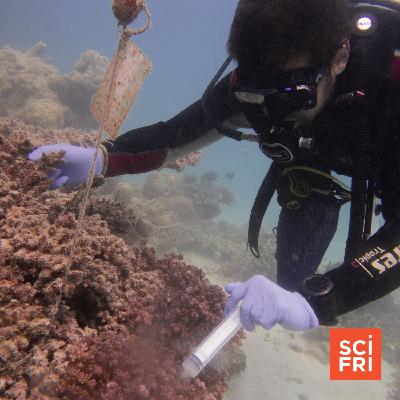







what a beautiful poem 💐
🔥🔥🥳🥳 That's amazing
volume zwQarsa
how can I have the transcription?
two people showing closed minds trying to negate another's observations in real life. sheesh, how many times did they say myth. not cool; hard pass listening to them further
why does Flatow drag these discussions down to a simplistic reduction that yields the same trite predetermined formula he wants for publication? why not find out the basis for new information and what makes it more reliable than previous means of measurement? does this recent finding just increase the range of possible values for the Hubble constant? or does it effectively supersede previous calculations?
some editing issues towards the end of this episode, unfortunate because it's such a good one!
I've often wondered if they could crispr a tree to grow faster and larger for lumber purposes. what's the genetic difference between giant bamboo and pine trees.
1:41 . . . Pi merits our irrational attention . . . Now that's "Woke Friday" for ya . . .
6:10 . . . The language of colonialism & imperialism has tainted this field of science ? . . . I used to regularly listen to SF back a decade or two ago before it became so woke. Then Ira started making global warming a part of every episode. It got so tiring. Science used to be interesting & educational. Now for the most part shows like SF are just preachy political. And they never self reflect on the decline.
Who is throwing shade on plants prehistoric or not ?
Not a single thing about how differently the movie would have been made today was discussed in this episode 😂
bro why you talk like that!
I think we shouldn't act like we're outside of nature. Humans are natural, albeit in very different ways sometimes. If we mess up and ecosystem we should be invested in repairing it as best were able. We protect endangered species all the time; it's odd that we'd treat these trees any differently.
The name is Türkiye, not Turkey. They changed their name almost 3 years ago.
between this guy's microphone and his accent I didn't get half of what he said especially at the critical moments.
This is said here by this politician is almost fake news!
Biochar can be used in the making of green concrete, too
this podcast encouraged me to learn other languages
is there any place which i can acsess to text of this interview?